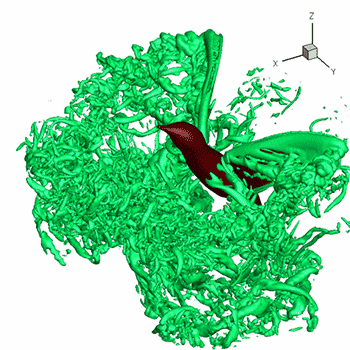The parent function of absolute value is #f(x)=abs(x)# and looks like
the graph below. Note the vertex is at #(0,0)# and the slope of the left branch of the graph is #-1# while the slope of the right branch is #+1#.
graph{abs(x) [-10, 10, -5, 5]}
Given the form, #f(x)=mabs(x-h)+k#,
#+-m# represents the slope of each branch of the graph. A positive value of #m# in the original equation means the graph has a "V" shape, while a negative value of #m# means the graph has an "upside-down V-shape".
#(h,k)# is the vertex. The vertex is shifted horizontally by h units and vertically by k units.
#f(x)=2abs(x-1)-3#
In this example, #m=2# is positive, and the graph will have a V-shape. The left branch of the V has a slope of #-2# and the right branch has a slope of #2#.
The vertex is #(1,-3)#, which represents a shift of one unit to the right and 3 units down.
graph{2abs(x-1)-3 [-10, 10, -5, 5]}

